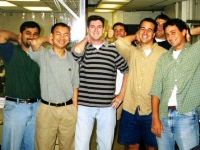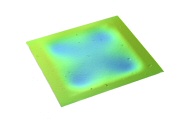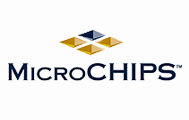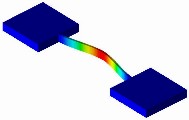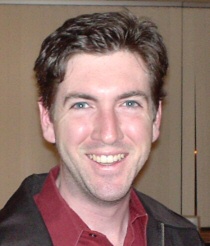
John M. Maloney, Ph.D.
Prototyping, technical editing, and entropy interpretation
Research associate / research scientist /
research affiliate (2006-2017)
MIT Laboratory for Material Chemomechanics
Senior MEMS engineer (2001-2005)
MicroCHIPS, Inc.
Engineer-in-residence (2001-2005)
MIT Microsystems Technology Labs
February 2020: Updated technical note on mechanics: Let’s not overrate Young’s modulus.
Why is energy minimized?
November 2019: A fitting line that “boings” into place—with a digression on spring-mass-dampers, vibration and control theory, and integral transforms.
May 2019: New technical notes on machine learning: Support vector machines, part 1; part 2.
August 2018: New technical note on thermodynamics: When Nature takes the square root.
June 2017: New paper published in Nature Materials; updated pictures and publications.
September 2016: Updated list of errata and new insights.
July 2015: Sampoerna students kindly summarized my invited talk in Jakarta.
I answer scientific and engineering questions as Chemomechanics on Stack Exchange and on Reddit.
Some of my answers address:
Why is stress a tensor, not a vector?
Can Hooke's Law be derived?
What happens if we freeze ice in an unexpandable box?
What happens if we pull a metal bar for a very long time?
Is there an intuitive definition of the chemical potential?
Why does the temperature stay constant during a phase change?
Why is there a maximum humidity?
Does the surrounding pressure affect the vapor pressure?
Why are metals ductile?
How do gases stratify?
- Support vector regression applied to Raman spectra (in preparation): Part 1 (maximum margin linear classifiers, transformation to achieve separability, Hesse normal form, quadratic programming optimization, convex hulls); Part 2 (Lagrange multipliers, transformation to the dual form, the kernel trick, slack variables).
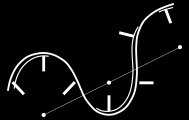

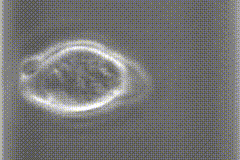
- Blebs, chemical fixation, and the optical stretcher (trying out the new Tufte class in LaTeX; source files)
- How deep can cells feel? (a 10-minute video summary of this paper)
- Introduction to bootstrapping
- Topics in statistics, presented at MIT's IAP
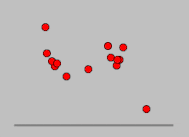
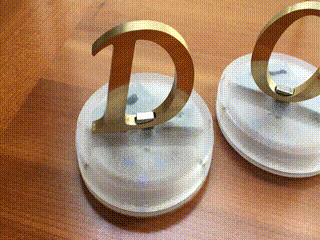

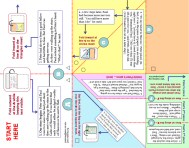

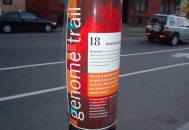
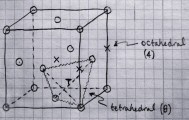
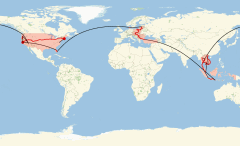
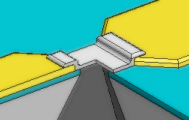
In 2012, the common stock underwent a 100-to-1 reverse split, making most employees' shares worthless; in 2018, as the company essentially went out of business, the very new CEO sought for herself a Section 280G payment—also known as a golden parachute payment—of $1.2 million.
